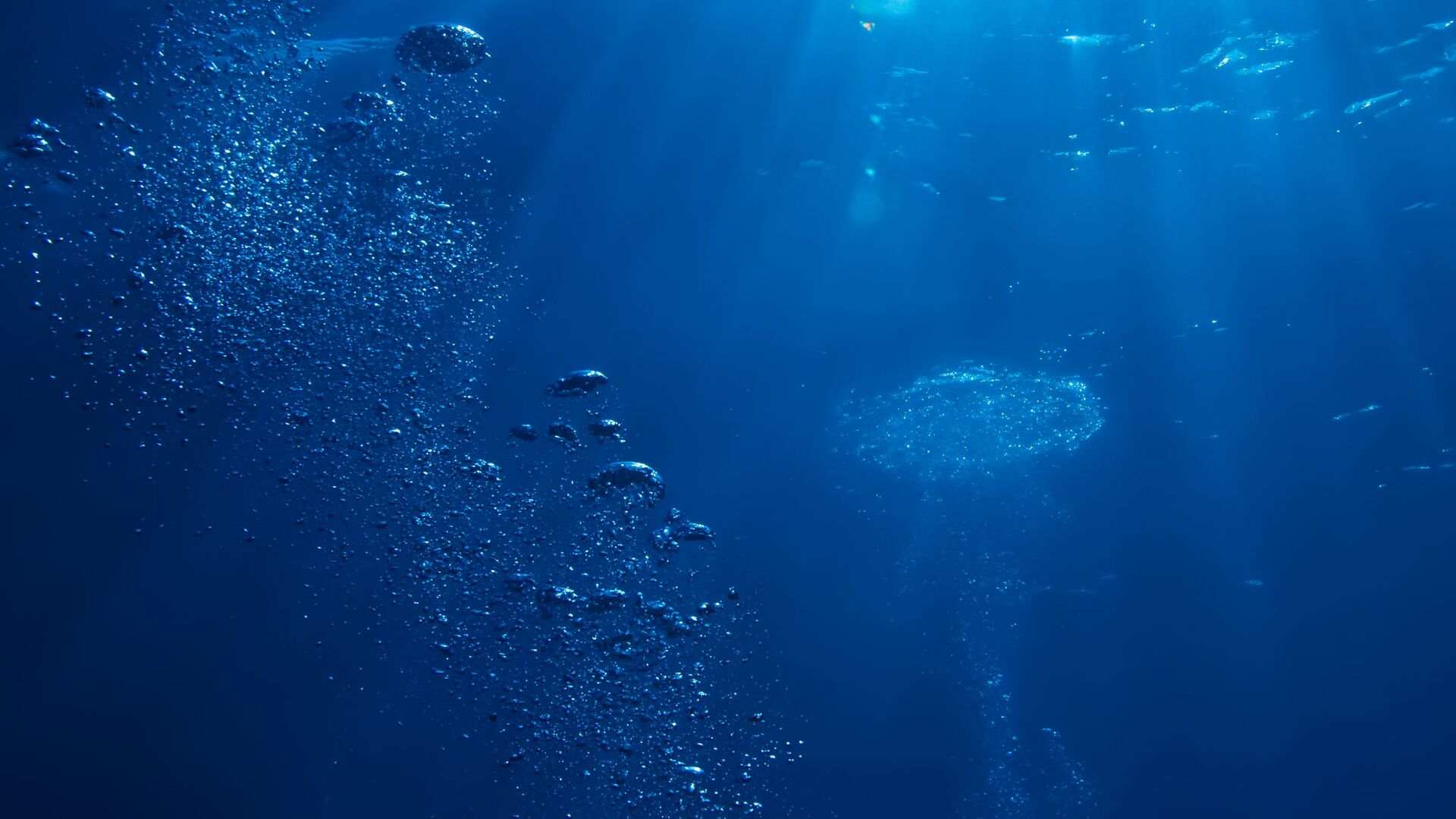
Recently, Hong Kong media "South China Morning Post" reported an extraordinary achievement made by a team of Chinese scientists, in an underwater communication test conducted in the waters of the South China Sea, China's self-developed communication technology solution successfully defeated the current NATO communication protocol, achieving a double leap in communication distance and efficiency.
The test, located away from the noise of the mainland, the water depth of up to 3,000 meters in a secret waters of the South China Sea, where the sea conditions are complex and the environment is harsh, is an excellent test ground for the ultimate performance of underwater communication technology. The research team of Xiamen University, with its deep accumulation and innovative breakthroughs in the field of data coding, has developed a new underwater data transmission technology. The technology has shown amazing performance in the test, can be 1,000 meters underwater, through the carefully arranged small hydrophone, stable reception from 30 kilometers away, frequency between 4000 Hz to 8000 Hz signal, and achieve zero error transmission, transmission rate of up to 4000 bits per second. This achievement not only greatly exceeded the longest underwater communication distance disclosed by the NATO JANUS agreement - 28 kilometers, but also set a new benchmark in transmission speed and quality, creating a new record in the performance of underwater acoustic communication equipment.
At the heart of this breakthrough technology lies an encoding scheme known as Polar code. Polarization code, a theoretical concept first proposed by Professor Erdar Arikan of Birken University in Turkey in 2008, has attracted much attention since its advent because of its unique nature - it can approach or even reach the theoretical limit efficiency of information transmission. In 2016, polarization code, with its excellent performance under complex channel conditions, stood out in the fierce international competition and was selected as the control channel coding scheme for 5G communication eMBB scenarios, becoming an important milestone in the history of mobile communication technology. Today, this advanced technology has been successfully applied in the field of underwater communication, which undoubtedly opens up a new road for the development of underwater communication technology in China and even in the world.
The development of underwater wireless communication technology has been faced with many challenges. Traditionally, submarines and other underwater equipment mainly communicate through extremely low frequency (ELF) radio waves, although such waves can penetrate the water layer, but its transmission efficiency is extremely low, difficult to meet the needs of modern military and scientific research activities. Acoustic communication, although improved in efficiency, is susceptible to environmental factors, resulting in limited transmission distance and difficult to ensure data stability. The JANUS protocol currently used by NATO can achieve high-speed transmission over short distances, but its performance decreases significantly when communicating over long distances, and it is difficult to meet the needs of large-scale underwater operations.
In contrast, the technical solution adopted by the Chinese scientists team not only overcomes the above problems, but also realizes the double improvement of communication distance and efficiency. This scheme abandons the OFDM technology which is considered to be "outdated", and adopts a more advanced and more adaptable data coding method, which effectively reduces the impact of environmental interference on communication quality, and realizes the stable transmission of long distance, high rate and low bit error rate. The successful application of this technology not only provides a strong technical support for the interconnection between China's underwater equipment, but also lays a solid foundation for the large-scale deployment and collaborative operation of underwater UUV in the future.
China's advantage in wireless communications technology is expanding from land to sea, as the competition between China and the United States in underwater technology intensifies. The rapid development and wide application of these advanced technologies will not only profoundly change the face of underwater warfare and scientific research activities, but also have a profound impact on the global geopolitical pattern. In this context, this milestone breakthrough made by the Chinese scientists team has undoubtedly won China more say and initiative in the international science and technology arena.
China's underwater communication technology still needs to be continuously innovated and improved to cope with the more complex and changeable Marine environment and diversified application needs. Let us look forward to witnessing the emergence of more underwater communication technology achievements independently developed by China in the near future, contributing Chinese wisdom and strength to promoting the sustainable development of global underwater communication technology.

The U.S. third-quarter GDP growth rate, strikingly highlighted at 4.3%, not only surpassed market expectations but also earned the label of "the fastest in two years."
The U.S. third-quarter GDP growth rate, strikingly highligh…
Recently, US personnel intercepted a "Century" super oil ta…
According to Xinhua News Agency, the subtle changes in the …
The rapid development of artificial intelligence has brough…
In December 2025, Taiwan's political scene was shaken by a …
When Apple appears for the Nth time on the list of penaltie…